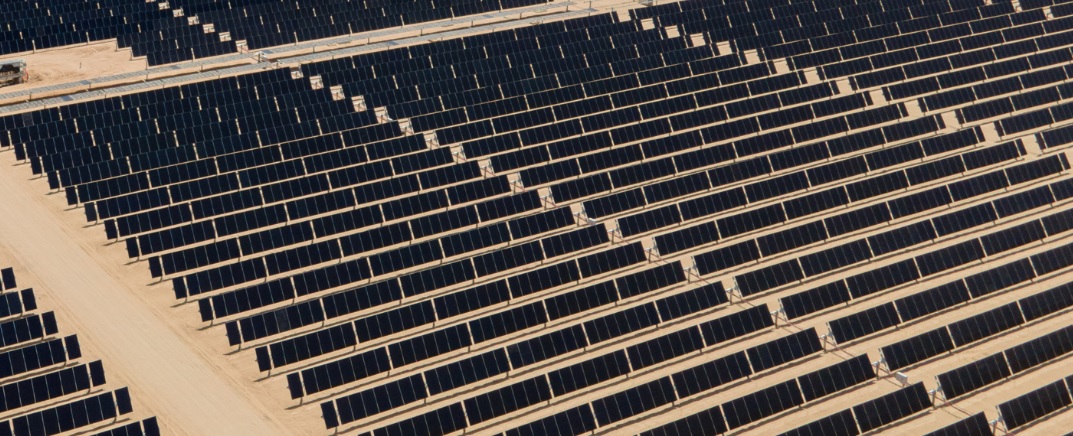From pv magazine USA
Developers of large-scale solar projects located near residential areas are used to backlash from residents, who often claim that homes near utility-scale solar projects will diminish in value. This was found to not be the case, according to a study commissioned by Conservative Texans for Energy Innovation (CTEI) in partnership with the Advanced Power Alliance and the Solar Energy Industries Association (SEIA).
The residential market study was conducted in areas surrounding six utility-scale solar plants located in four Texas counties: Tom Green, Bell, Lamar, and Bee Counties. Sales were analyzed at varying stages of the project, including announcement and construction. The market trend analysis showed no evidence of negative market impacts for nearby residential properties, and revealed a robust and competitive market for homes near the solar plants both during construction and once they are operational.
“This first-of-its-kind study on solar energy and property values underscores what we know to be true in Texas – utility scale solar projects have a positive impact on our local economies,” said Matt Welch, State Director of CTEI. “As Texas continues to lead on renewable energy, it is crucial our leaders have access to objective data to help dispel misinformation and false narratives.”
To define what a utility-scale solar project is, the report authors turned to definitions from SEIA and the National Renewable Energy Lab (NREL). SEIA defines utility-scale as solar projects generating over 1 MW of solar energy and NREL’s definition is more than 5 MW of solar energy. The report authors also noted that utility-scale projects typically sell electricity directly to the grid as opposed to supplying electricity to an individual facility.
Popular content
The study set out to look at sales metrics of homes in areas surrounding typical utility-scale installations. The sales metrics include price per interior square foot, sales to price list ratios and days on market and these were compared in areas close to the solar projects to sales located further from solar projects, and findings show that sales prices and marketing times of residential properties located near solar projects were generally consistent with residential sales further away.
“As the market for solar and other renewable energy production grows, it is important to understand how their presence impacts surrounding communities,” said Erin Kiella, PhD., lead author of the report. “Studying these projects using market data helps bring clarity on these issues.”
The study comes at a time when solar is booming in Texas, the state that is number one in solar development in the United States, with many large utility-scale projects coming online.. A 36 GW buildout is expected by the Solar Energy Industries Association (SEIA) over the next five years, building on the roughly 16 GW that is active to date. Read about recent utility-scale installations in the Lone Star State here.
This content is protected by copyright and may not be reused. If you want to cooperate with us and would like to reuse some of our content, please contact: editors@pv-magazine.com.



By submitting this form you agree to pv magazine using your data for the purposes of publishing your comment.
Your personal data will only be disclosed or otherwise transmitted to third parties for the purposes of spam filtering or if this is necessary for technical maintenance of the website. Any other transfer to third parties will not take place unless this is justified on the basis of applicable data protection regulations or if pv magazine is legally obliged to do so.
You may revoke this consent at any time with effect for the future, in which case your personal data will be deleted immediately. Otherwise, your data will be deleted if pv magazine has processed your request or the purpose of data storage is fulfilled.
Further information on data privacy can be found in our Data Protection Policy.